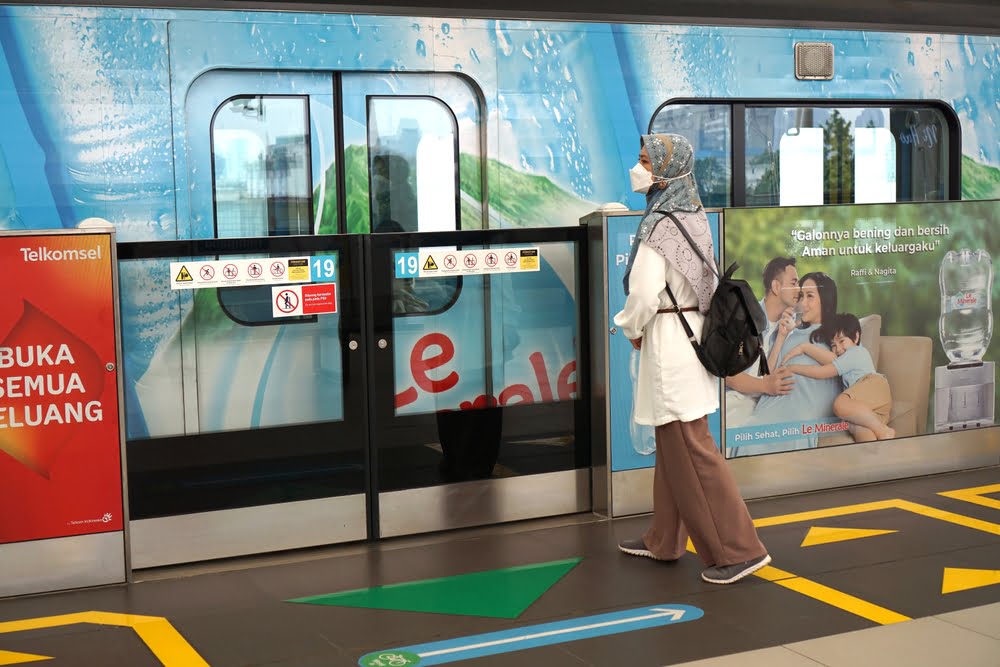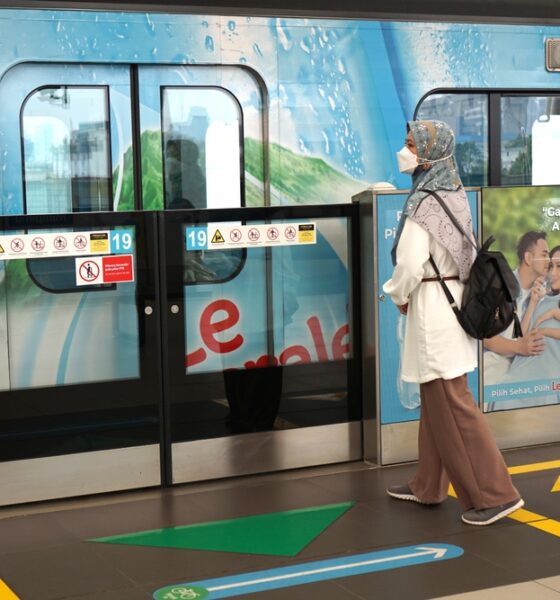

Environment
Maximizing Efficiency and Reducing Emissions Through Proper Railway Maintenance Practices
Railways are an essential part of the transportation infrastructure. It provides a safe and efficient way to transport goods and people. However, in order for railways to remain operational, they must be properly maintained. Proper railway maintenance is critical for ensuring maximum efficiency.
To get the most out of their trains and reduce emissions, railroad operators must follow a number of maintenance practices.
Why Is Proper Railway Maintenance Important?
Proper railway maintenance is essential for reducing emissions from locomotives. This makes sure that all trains run safely and efficiently. Not only does it help to reduce emissions, but it also helps to keep railways in good condition. Also, it can minimize the need for costly repairs or replacements. In addition, efficient rail systems can lead to improved passenger and freight service, as well as reduced congestion on the roads.
Best Practices for Railway Maintenance to Maximize Efficiency and Reduce Emissions
More and more, construction and rail projects are looking for ways to maximize efficiency and reduce emissions. Fortunately, there are some best practices that can be implemented to ensure efficient and sustainable railway equipment.
Here are some of the best practices for railway maintenance that can help maximize efficiency and reduce emissions:
Inspect Tracks Regularly
Inspecting your tracks regularly is not just a good idea – it’s essential for keeping your operations efficient and safe. Regular inspections allow you to spot any small issues that need to be taken care of. For example, worn-out ties or cracked rails – before they become bigger problems. It’s a preventative measure that pays off in the long run and one that all track owners should make time for.
Use of Low-Emission Locomotives
Low-emission locomotives are beneficial for both the environment and your bottom line. Not only do they reduce emissions, but it also saves fuel costs by optimizing engine performance. Plus, economic incentives make them even more affordable for you. So, now’s a great time to start transitioning to this, which will help you maximize cost efficiency.
Maintain Proper Clearances
Another important factor in maximizing railway efficiency is maintaining proper clearances. This refers to the distance between the track and nearby objects, such as buildings or trees. If the clearance is too small, it can cause trains to slow down or even derail. So, it is important to make sure that all objects are at least 10 feet away from the track.
Use of Alternative Fuels
Railroads can also reduce emissions by using alternative fuels in their operations. Biodiesel and compressed natural gas are alternative fuels that are less polluting than diesel fuel. Additionally, using alternative fuels can help to reduce the reliance on fossil fuels. These are the major sources of greenhouse gas emissions.
Implementation of Greenhouse Gas Reduction Strategies
Railroads can reduce emissions by implementing strategies to reduce greenhouse gas emissions. These strategies can include things like investing in renewable energy sources. These includes planting trees along rail lines and giving train stations energy-efficient lighting. These strategies can help to reduce the environmental impact of railway operations.
Use Proper Signals
Proper signaling is essential for increasing the safety and efficiency of railway operations. Signals provide a visual indication of whether or not it’s safe to proceed and also help regulate speed. As a result, railways can maximize their efficiency and reduce the risk of accidents by ensuring that all signals are operating.
Improve Grade Crossing Safety
Grade crossings are especially dangerous, as they are the points at which trains cross paths with vehicles or pedestrians. To minimize risk and improve safety, railroads can implement measures. These include warning lights and gates, improved pavement markings and signage, or even fencing.
Improved Train Scheduling
Improving train schedules can be a great way to maximize efficiency and reduce emissions. By optimizing the routes that trains take, railways can avoid unnecessary delays. It also makes sure they are getting the most out of their operations. This is especially important for freight railroads. It needs to ensure that the goods they are transporting get to their destination on time.
Conclusions
Railways can maximize efficiency and reduce emissions by implementing proper railway maintenance practices. There are many ways that railroads can help protect the environment and make sure their operations run as smoothly as possible. Some of these ways include regularly checking the tracks and using fuels other than coal. Railways can ensure that their operations remain safe and efficient. It is by taking these measures seriously and being proactive about maintaining the railway system.




















